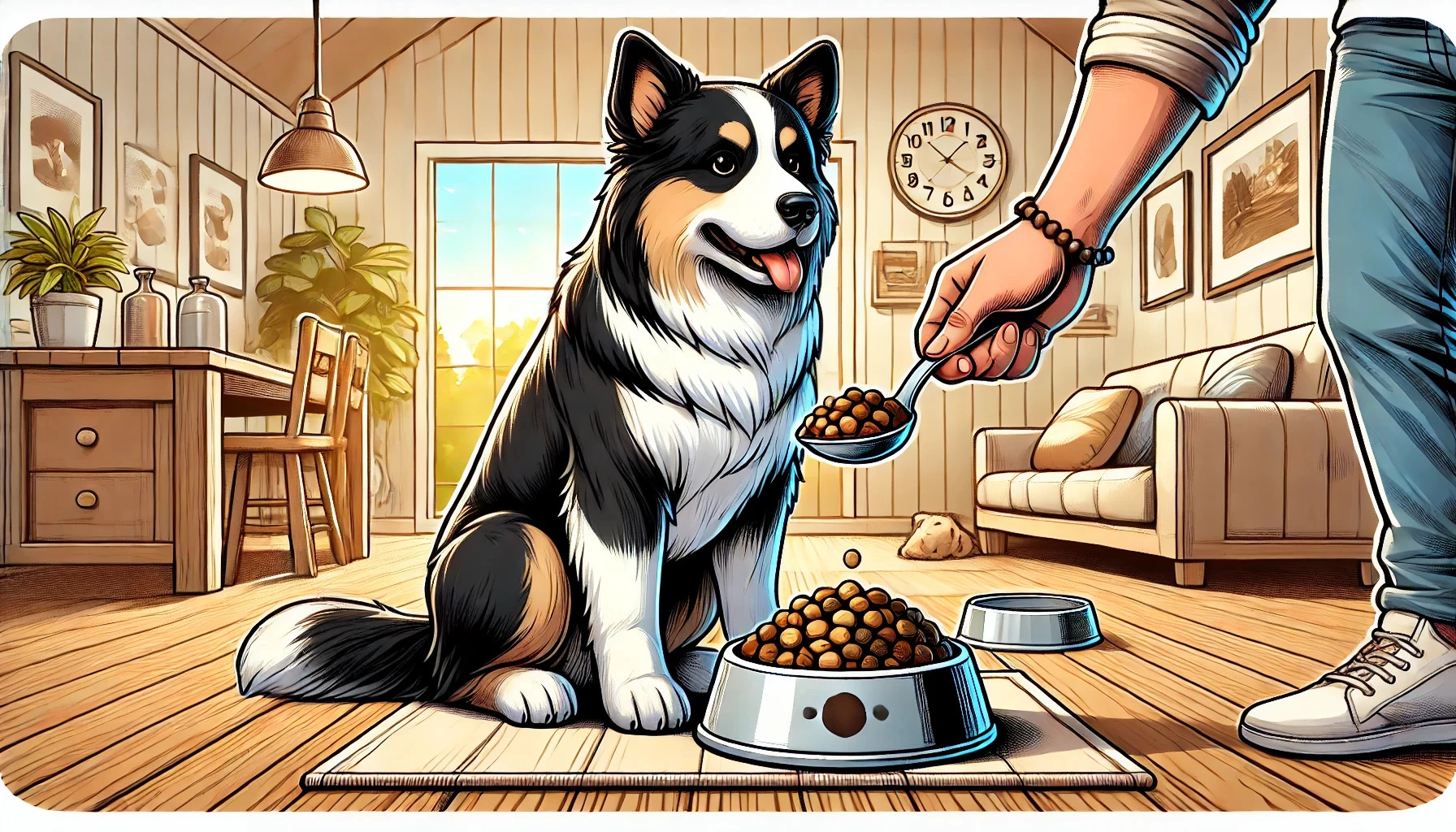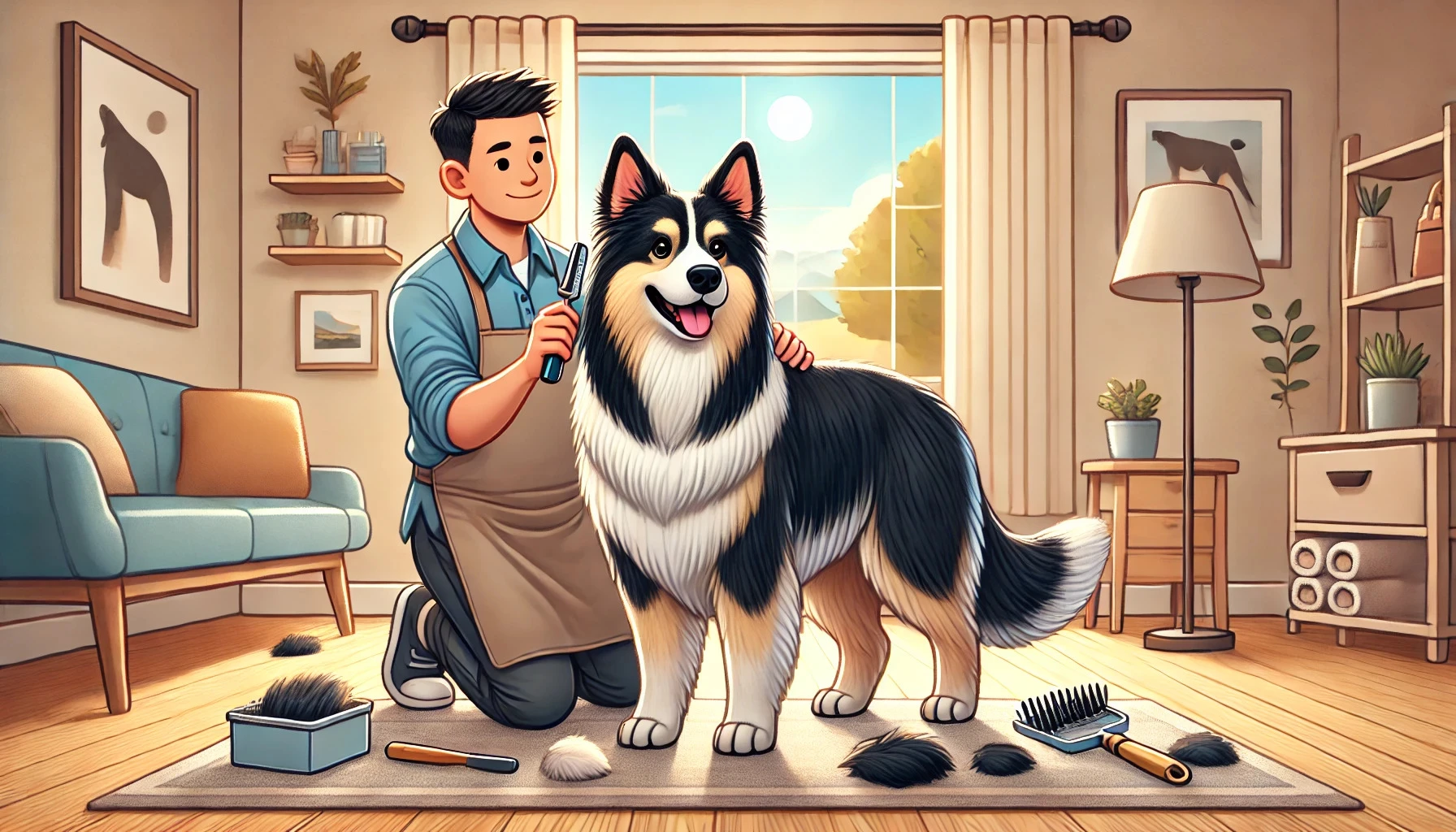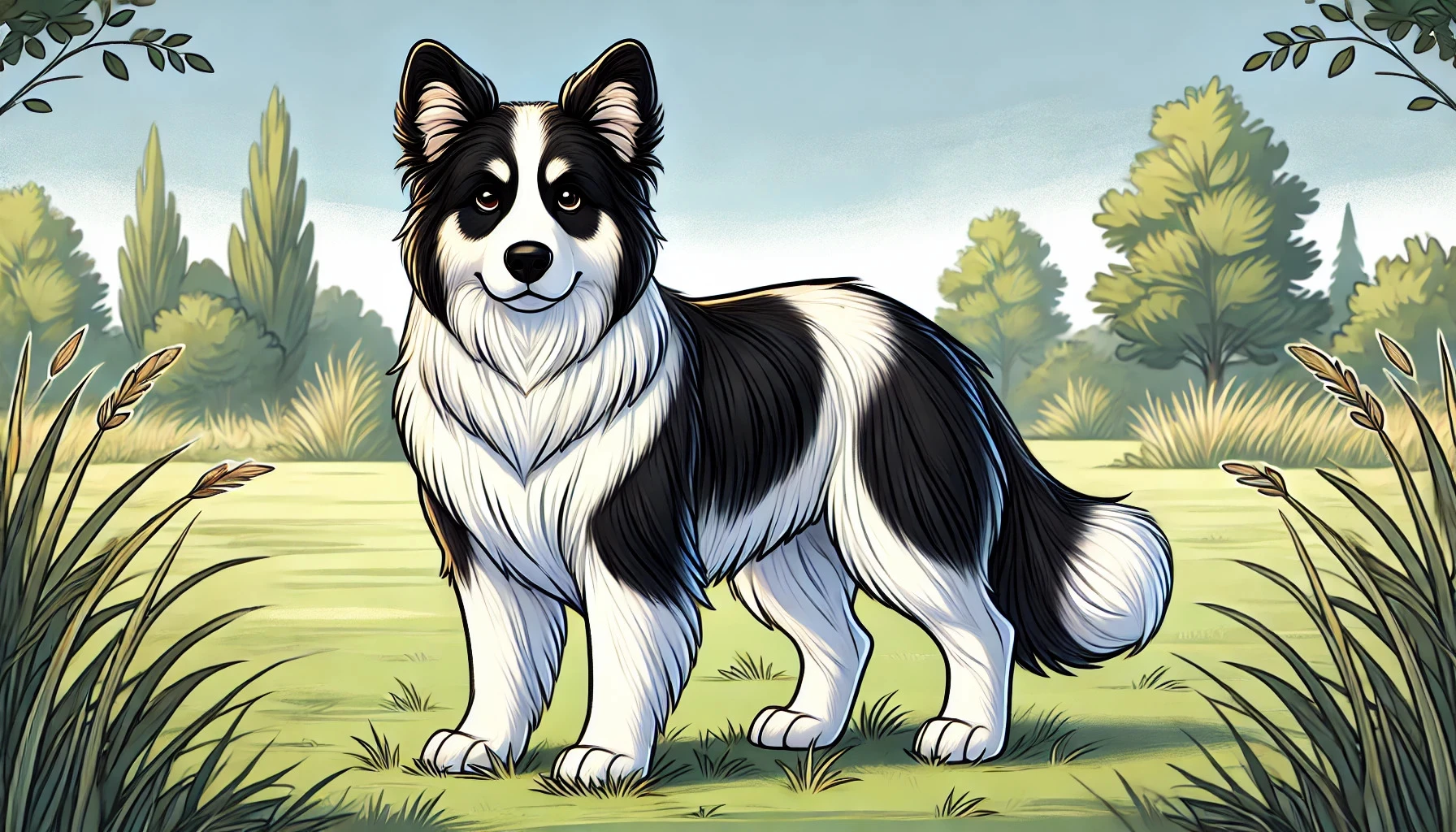On this page
Panda German Shepherd: What Is Difference?
The Panda German Shepherd is a rare variation of the traditional German Shepherd breed, recognized for its unique black-and-white coat pattern. This distinctive appearance comes from a natural KIT gene mutation that causes piebald coloring, giving the dog 35% white fur alongside solid black. Despite their visual uniqueness, Panda German Shepherds are purebred and share the same traits of intelligence, strength, and loyalty that make German Shepherds one of the world’s most beloved breeds.
First documented in 2000 with a German Shepherd named Frankie in the United States, the Panda variation remains rare, with only 1% of German Shepherds carrying this gene. Like their traditional counterparts, Panda German Shepherds require plenty of exercise, mental stimulation, and a carefully balanced diet. Changes in their dietary needs include higher protein content (25-30%) to support their active lifestyle and nutrient-rich supplements to maintain their striking coat.
Let’s dive into their traits, health concerns, and care routines to understand how they compare to other German Shepherds.
Learn more about caring for your Panda German Shepherd with Dosty App.
What Makes the Panda German Shepherd Unique?
The Panda German Shepherd’s striking coat is its most defining trait. Unlike the standard black-and-tan German Shepherd, this variety has a visually stunning piebald pattern with 35% white fur distributed randomly across their body. This rare appearance results from a KIT gene mutation that affects pigmentation while keeping the breed purebred.
It’s important to note that their coat color does not impact their health, performance, or temperament. They retain the same physical strength, loyalty, and intelligence that the German Shepherd breed is known for. Their 50-90 pound weight range and 22-26 inch height make them ideal for roles as family pets, working dogs, and service animals.
Dr. Alex Turner, Veterinary Geneticist, notes, "The piebald gene in Panda German Shepherds is purely aesthetic. It doesn’t affect the breed’s overall health or physical abilities." (Read more)
Next, let’s examine their dietary needs to understand how to keep them healthy.
What Are the Dietary Needs of Panda German Shepherds?
Panda German Shepherds are active dogs that require a high-protein diet to maintain their energy levels and muscular build. Feeding them high-quality food that supports their coat and overall health is essential.
Key dietary components for Panda German Shepherds include:
Protein (25-30%): Supports lean muscle and high energy.
Omega-3 and omega-6 fatty acids: Keeps their coat shiny and skin healthy.
Biotin and zinc: Prevents coat dullness and skin irritation.
Compared to less active breeds like Bulldogs, Panda German Shepherds burn 15-20% more calories daily. Overfeeding, however, can cause obesity, which affects 30% of large dog breeds, including German Shepherds.
Dr. Emily Carter, Canine Nutritionist, advises, "Balance protein, fats, and essential vitamins to keep their energy levels high and coat condition optimal. Avoid feeding unnecessary fillers like corn and wheat." (Read more)
Let’s move on to their temperament and how their behavior compares to other dogs.

How Does a Panda German Shepherd Behave?
Panda German Shepherds share the same intelligent, loyal, and protective temperament as standard German Shepherds. These dogs are highly versatile and excel in various roles, including:
Family companions: Loyal and affectionate with their owners.
Service dogs: Skilled at therapy and assistance tasks.
Working dogs: Excelling in police, military, and search-and-rescue work.
Their natural protective instincts make them excellent watchdogs, but early socialization is essential to prevent territorial behavior. Compared to breeds like Golden Retrievers, which are naturally friendly, Panda German Shepherds are more reserved with strangers.
Dr. Samuel Wright, Animal Behaviorist, explains, "Training and socialization at an early age reduce reactivity by up to 40%, making them well-rounded companions." (Read more)
Now, let’s look at the grooming needs required to care for their unique coat.
How Do You Groom a Panda German Shepherd?
The Panda German Shepherd has a dense double coat that requires consistent grooming to keep it clean and healthy. Proper coat care ensures their black-and-white fur remains vibrant and free of tangles.
Grooming requirements include:
Brushing 2-3 times per week to reduce shedding and prevent matting.
Daily brushing during seasonal shedding periods.
Bathing every 4-6 weeks with gentle, dog-safe shampoo.
Because of their thick fur, they shed more than short-haired breeds like Boxers. Regular grooming reduces shedding by 30% and minimizes the risk of skin infections.
Dr. Olivia Hayes, Dermatology Specialist, recommends, "A consistent grooming schedule with high-quality brushes and omega-3 supplements helps keep their coat in top condition." (Read more)
Next, let’s discuss health concerns and ways to ensure their long-term wellness.

What Health Issues Affect Panda German Shepherds?
Panda German Shepherds share the same health concerns as traditional German Shepherds. Common issues include:
Hip Dysplasia: Affects up to 20% of German Shepherds, causing joint pain.
Bloat (Gastric Torsion): A life-threatening stomach condition.
Degenerative Myelopathy: A spinal disease seen in older dogs.
Providing regular vet check-ups, a balanced diet, and joint supplements can help minimize these risks. Early intervention for joint and digestive issues is critical to ensuring a long, healthy life.
Dr. Hannah Brooks, Orthopedic Vet, advises, "Adding glucosamine supplements to their diet reduces joint pain by up to 30%, improving mobility as they age." (Read more)
Finally, let’s see if the Panda German Shepherd is the right breed for you.
Is the Panda German Shepherd Right for You?
The Panda German Shepherd is a great choice for active families or individuals who can meet their exercise, grooming, and training needs. You should consider this breed if you:
Have a spacious home or yard for exercise.
Are committed to daily mental and physical stimulation.
Can dedicate time to regular grooming and vet care.
While their unique coat requires extra care, their loyalty and versatility make them an incredible companion for the right owner.
Dr. Laura Bennett, Family Pet Specialist, explains, "Panda German Shepherds thrive with dedicated owners. Their energy and intelligence require consistent care and attention." (Read more)
Conclusion
The Panda German Shepherd is a rare and stunning variation of one of the world’s most beloved breeds. Their unique coat, loyal temperament, and high intelligence make them a wonderful choice for the right owner. By understanding their dietary, grooming, and health needs, you can ensure they live a happy, healthy life.
For expert advice, nutrition tips, and care tools, visit Dosty App today!

